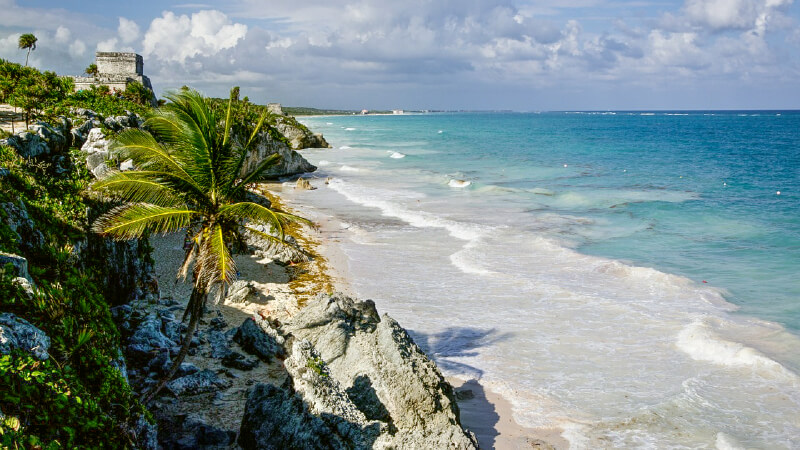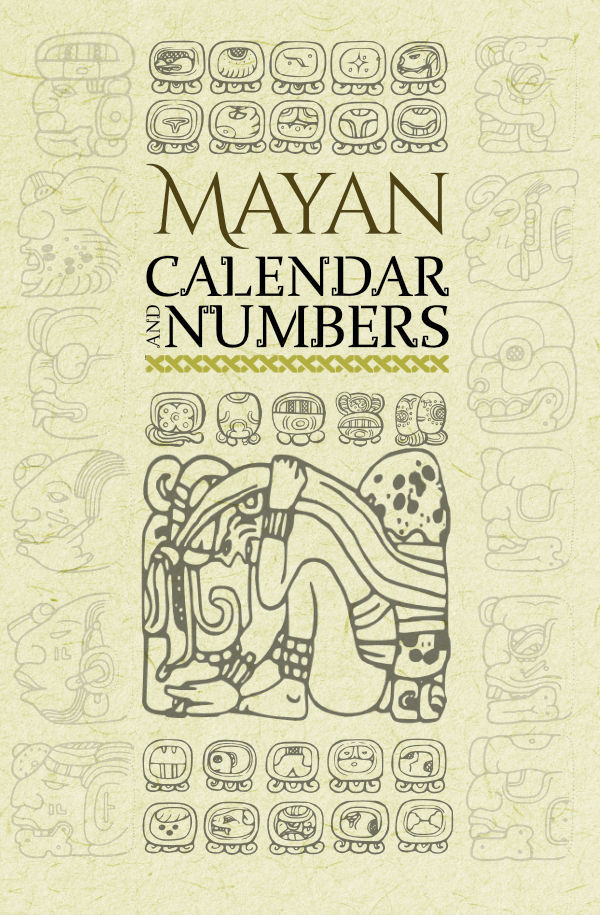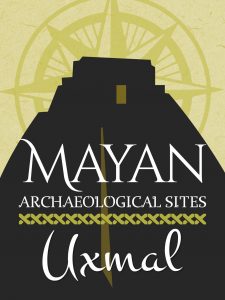
Tulum
Tulum is one of the most visited Archeological Sites in México and the most visited Mayan Archeological Site in the Cancún-Riviera Maya area, it’s located in a beautiful and calm town also called Tulum where you can find mostly eco focused restaurants and hotels.
Its original name given by the Mayans was Zamá which means “sunrise” in the Mayan language. Tulúm in Mayan means “wall” and was given because it’s one of the very few Mayan walled cities.
Although inscriptions dating from the 6th century have been found, most of the constructions were built around the year 1200, at which time Tulúm reached its peak. During this period, the commercial activities of the inhabitants of the site extended to distant points, as evidenced by the finding of small stone objects and ceramic objects from all over the Yucatan peninsula, and obsidian and jade from Guatemala.
Interesting Facts
- Tulum is the 3rd most visited Archeological Site in México after Teotihuacán and Chichen Itza with more than 2 million visits per year.
- The original name of the site was Zamá, which means sunrise. Tulum, which means wall, was the name given once this Mayan archaeological site was discovered
- The costal reef acts as a barrier where ships would sink if not accessed through a straight line right in front of the lighthouse.
- Tulum was a school of astronomy attended by Aztec nobles, Zapotecs and other cultures at the time of its splendor.
Tulum is open daily from 8am to 5pm.
Tulum Admission: $70 MXN
Parking: $30 MXN
Free admission for Mexican Citizens on Sundays.
Free admission every day for Mexican Citizens with the following valid IDs: Older than 60 years, retired, pensioned, teachers, students, children under 13 and handicapped.
Tulum is the second most visited Mayan archeological site with more than 2 million visitors a year, with the busiest months being November – April.
The months with less crowds are May – June, and September – October.
The perfect month to visit this archeological site because of good weather and less tourists is May.
The best time during the day is between 8 and 11 am, and if you’re not an early bird, you can get there between 2 and 3pm.
Relax: You access Tulum and walk towards the set of buildings where The Castle is located and admire the Caribbean Sea without going into the other roads in just under one hour. You will see some other buildings on your way towards the main building and also when going back, so don’t worry about missing out.
Tourist: If you want to see everything stopping only to take pictures, it may take between 1 and 2 hours.
Archeologist: If you already read about Tulum´s history and its buildings, you might want to really explore the architecture and engravings around the monuments. This may take between 2 to 3 hours.
Recommendations
- Prepare yourself for a quick dip into the sea. bring your swimsuit because this is one of the most amazing things you can do here that you can’t do anywhere else. You can swim in the Caribbean sea right in front of this archeological site.
- Wear comfortable shoes You may wear sandals, but it’s best to take your hiking or tennis shoes. The pathways are a bit uneven unpaved, also you’ll have to keep an eye out for errant rocks and sticks.
- Protect yourself from harmful UV rays You may find some shades under the trees, but most of the time, you will be under direct sunlight, so make sure to use sunscreen, a hat, and it may also be a good idea to take an umbrella with you.
- Get there early (or late) Try to get there between 8 and 9 am because most tour buses arrive between 10am, plus it’s not that hot when you arrive that early.
Short Tulum Video
(3:29 minutes)

Learn about Tulum and The Castle It's watchtowers Temple of the Wind the list goes on...
Tulúm Archaeological Site
From Cancún it’s 130 km and you get there in approximately 2 hours.
From Cancún it’s 60 km and you get there in approximately 50 minutes.
From Mérida it’s 260 km and you get there in approximately 3 hours.
You shouldn't miss...
When you come to Tulum don’t forget to visit:
The Castle
The Castle
Wind Temple
Wind Temple
Temple of the Frescoes
Temple of the Frescoes
More about Tulum
Short History of Tulum
Originally called Zamá, dawn or sunrise in Mayan language, was an important crossroad of commerce trade in both land and sea.
The buildings currently visible in Tulum, belong almost entirely to the last period of pre-Hispanic occupation of the Mayan Peninsula: the late postclassic period in the years 1200 to 1550. However, the presence and analysis with carbon 14 of some structures clearly belong to older periods, such as stela 1, and structure 59, which contains some stylistic elements of the classical period, indicate that the settlement may have originated in the early classic period, between the years 400 to 600.
Not much is known about the first settlers in this area, however, thanks to archaeological evidence based on ceramics, the earliest occupation can be dated to 300 BCE.
Tulum and it’s beach
The greatest attraction of Tulum is the combination of the imposing ruins with the amazing tonalities of the Caribbean Sea.
This amazing Mayan city is small but impressive, located above a small cliff 15m above sea level limited by the blue-turquoise waters of the Caribbean Sea. The ruins of Tulum have one of the most beautiful beaches of the Riviera Maya.
Keep in mind you can access the beach when you visit Tulum, so make sure you bring your swimsuit.
Tulum’s East Coast style Architecture
Tulúm is the best and most well-known example of the East Coast style, a name that designates the architectural type of Mayan buildings built on the north coast of Quintana Roo between the years 1200 and 1520.
Being on the highest elevation of the region and for its efficient defensive system, this site was an unavoidable settlement for any commercial route and for the exploitation of the rich marine resources of the coast of Quintana Roo.
Tulum Archeological Site
In the Archaeological Site of the Tulúm we can find a ceremonial enclosure surrounded by a perimeter wall of five meters thick and five narrow doors that close the three flanks of terrestrial access. Inside, behind the Casa del Chultún is the House of Columns or Grand Palace, located opposite the House of Halach Uinic or Great Lord, which retains a large number of carvings and paintings.
On one side is the Temple of the Frescoes that was used as an observatory to follow the movement of the Sun. A large platform gives access to the best-known structure of the city: El Castillo, which in addition to its ceremonial functions worked as a beacon guiding the ships to avoid crashing against the coral reef near the coast. This building has a wide external staircase that leads to the Temple of the Initial Series, that seems to be related to the setting sun.
On the other side of the Caribbean beach on top of a large cliff is the Temple of the Wind, and very close to it there is a Sacbé or path that leads to the Cenote that provided drinking water to the city and that led to the House of the Cenote .
In addition to all these buildings there is a wooden staircase built next to the cliff that allows interested travelers to access the beach to swim in the beautiful beach near the city, this being another important attraction to visit.
Tulum Buildings

Northwest watchtower
This is the first structure you see on your left when you first enter through the wall that along with the House of the Northwest, they were used as watchtowers.

Residential Platforms
The Residential Platforms were used by less wealthy residents that made their houses out of perishable materials. You can find these bases of platforms all around the Archeological Site of Tulum.

House of the Northwest (Structure 34)
This house has a porch with three entrances delimited by columns thought to have supported a second floor with a private shrine.
The northwest house may have been a private residence for someone important because it was inside of the wall and had a stone platform, only reserved for the rich and the elite. There were also graves with bones located here.
Temple of the Descending God
The Temple of the Descending God is one of the most beautiful in Tulum consisting of a single room with a door to the west and a narrow staircase that was built on top of another temple that served as its base.
In the niche located at the top of the door stands a sculpture that’s found throughout Tulum. He has wings, a headdress and holds an object in his hands.
Some scholars mention these possible meanings of this descending god:
- This figure may represent birth or renovation.
- The planet Venus.
- A god associated with Venus descending from the sky.
- A bee god.
- A representation that symbolized the death of a grain of maiz on the ground that will be reborn with germination.

The first thing you notice is that neither the walls nor the doorway are vertical and were decorated inside and out with numerous representations of gods in mural painting, which unfortunately we can no longer admire.
House of the Cenote
This house is located on the northeast corner of the Archeological Site of Tulum and was built in two separated stages over a limestone roof of a cenote. It has a porch with three entrances and two benches inside.
You can see the cavern of the Cenote if you go downhill.
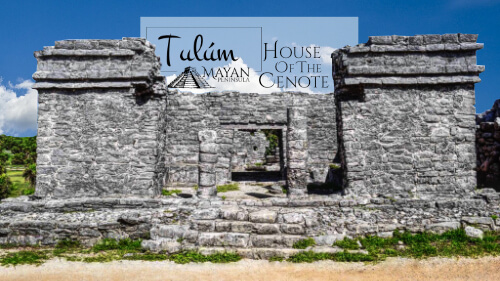
House of the Halach Uinic
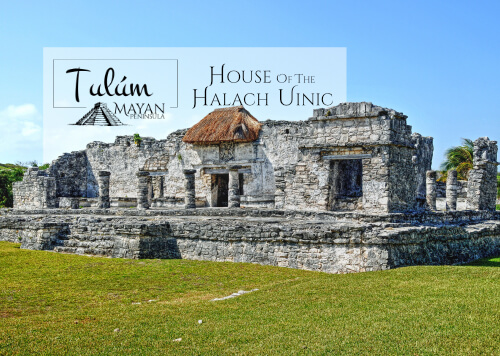
The House of the Halach Uinic which means “Real Man” is located on the main road and it’s an important example of the residential architecture of Tulum built between the XIII and XIV centuries.
This building has a row of columns that are used to support a thatched roof, inside there’s a figure of the descending god which suggests it may have been a shrine dedicated to that deity.
House of Columns (Structure 21)

The house of Columns is the largest complex of the archaeological site and was built on an “L” shaped platform.
It’s also known as the “Grand Palace”, mainly because of its palace-type building with two rooms and two others attached to its west side.
The main entrance is located to the south and is formed by four columns. The interior has six columns that used to support the roof of the main room.
House of the Chultun
(Structure 20)
The House of the Chultun, also known as structure 20, sets on a rectangular base with staircases on two sides: the facade has two columns and three bays, as well as an interior space that was used as a residence.
The building is located in the southeast corner of Tulum, west of the Temple of the Frescoes. It has a shrine in the center, and used to have a flat roof that collapsed years ago that was formed by wooden beams with smaller ones placed transversely, and on top of this a very resistant lime concrete was placed.
The name of the building is due to the Chultun, which are excavations conditioned for the storage of rainwater, widely used in the Puuc Route in cities like Uxmal. The Chaltuns were dug into the ground and lined with stones and plaster.






